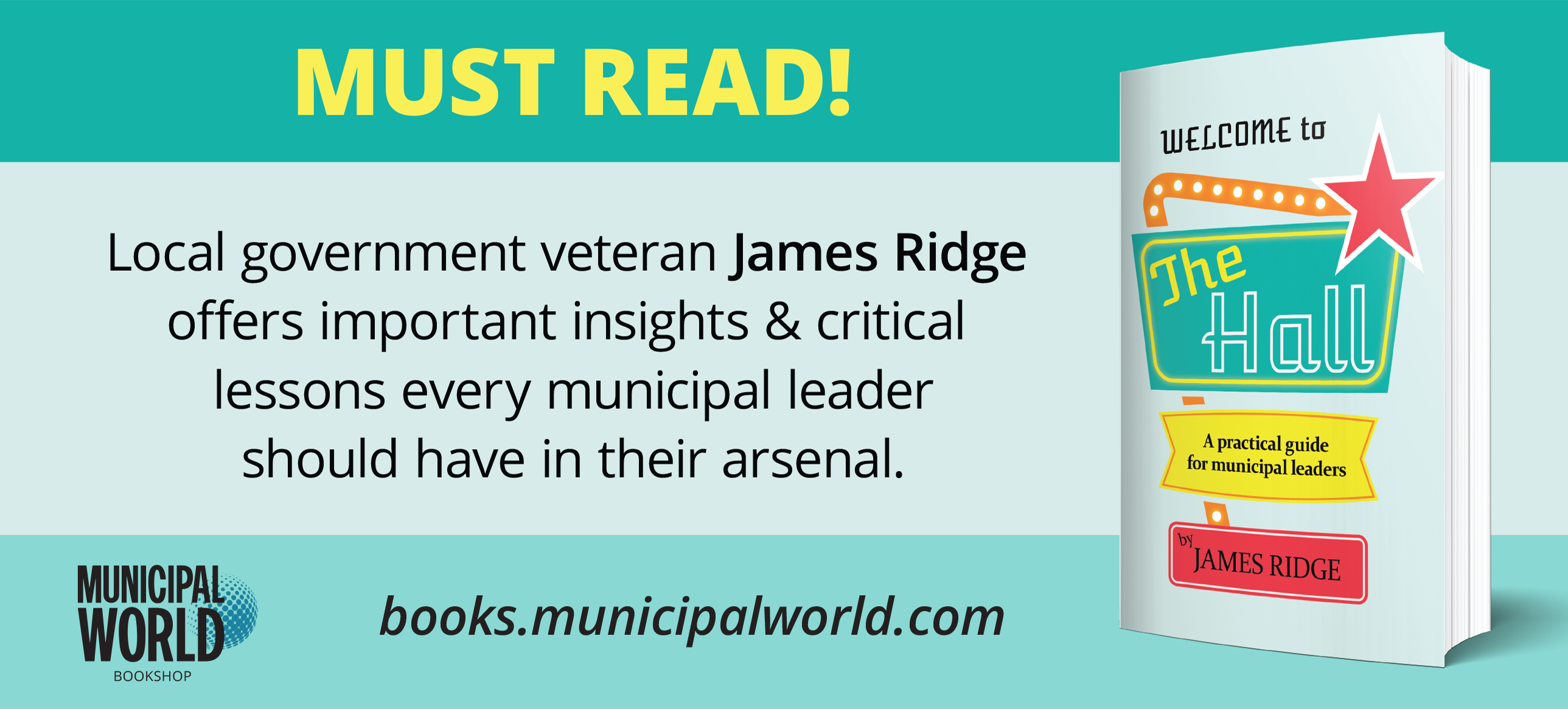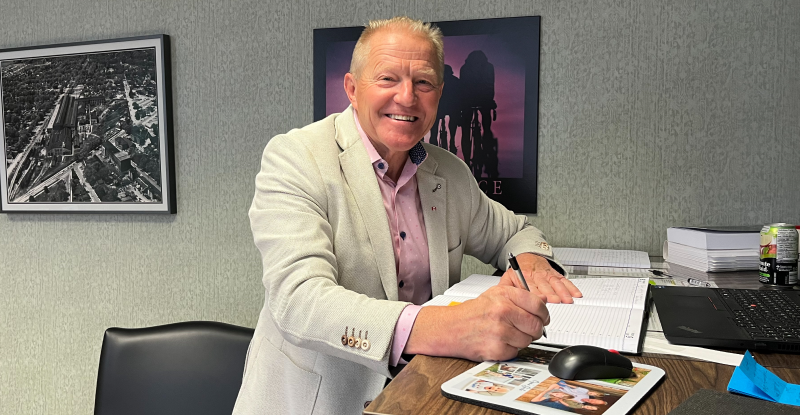A recipe for stronger program management

Sponsored by MNP
Governments face immense pressure to turn policies and priorities into action. After conducting studies, making promises, and putting policies in writing, the most difficult part of program management is actually delivering value to people.
Six Ingredients of Program Management
Strong program management will help narrow the execution gap. It enables government employees to spend their time where it is most needed. But this ideal scenario is not always the reality. The following are six ingredients that will make program execution and service delivery run more smoothly.
- Political direction, strategy, and outcome alignment – The first element of strong program management is to have all internal personnel pulling in the same direction. Political imperatives and priorities should be set at the top, with buy-in at all levels.
- Engagement with stakeholders – The ultimate goal of program management is to deliver high-quality services to a target group of stakeholders. Even if your department sets the goals and priorities of a program, you should not assume you know how to solve the problem, or what the end users truly need.
- Policy – Armed with knowledge of what the end users need and expect, you can begin the process of drafting program-specific policy.
- Operationalizing – This is the execution phase, where you deliver the promised service to stakeholders. You will find this is usually the hardest phase to get right, but it will go more smoothly if you thoroughly complete the first three steps.
- Accountability reporting – Track the success of your program and report back what you are accomplishing. The metrics used should always be tied back to the outcomes agreed upon in the first phase.
- Continuous improvement – Often you cannot afford to wait until your program is perfect before you launch. Do not marry yourself to its initial version; commit to continuously improving it over the long term.
Program Management in Action: A Success Story
Effective program management yields benefits for all kinds of stakeholders. For example, one province conducted an assessment of how effective their provincial income assistance program was. They realized staff were spending roughly 80 percent of their time on administrative tasks. The rest of their time went to actually helping their clients. They set a goal to reverse those figures so they could spend their time on the more fulfilling, client-facing work their program was designed for.
After redesigning their processes and technology, they were successful. All parties benefitted from reducing the burden of administration and bureaucracy. Clients got more of the help they needed, and staff spent their time where it was the most valuable.
Getting External Help
When the challenges of managing a certain program appear to be insurmountable, an external consultant can help. Depending on the program, a qualified advisor can manage it on your behalf, help you redesign it for more efficient management, or some combination of both. MW
✯ Municipal World Executive and Essentials Plus Members: You might also be interested in Mark Mullaly’ article: Getting your leadership team to think strategically.
Craig Gates, MPA, is a Practice Leader with MNP’s consulting team in Saskatchewan.
Related resource materials:



